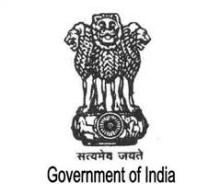Resource information
This Haryana Municipal Common Lands (Regulation) Act, 1974 (No. 15) provides in particular for the following matters: (a) the principal on which and the extent and manner in which the inhabitants of the municipality shall make use of the lands vested in a municipal committee; (b) the maximum and minimum area to be leased to any single person; (c) prescribing of forms or such books, entries statistics and accounts as may be considered necessary to be kept, made or compiled in any office or submitted to any authority; (d) the terms and conditions on which the use and occupation of any land vested in a municipal committee is permitted; (e) the manner and circumstances in which any land may be utilised, transferred, sold or otherwise disposed of; (f) any other matter which has to be or may be prescribed.10 Sections of this Act are divided as follows: Short title, commencement and extent (1). Definitions (1). Certain previous transfers of Shamlat Deh not to affect rights of municipal committees (3). Vesting of rights in municipal committees (4). Regulation of use and occupation, etc., of lands vested in municipal committee (5). Utilization of income (6). Bar of compensation (7). Rent to be recoverable as arrears of land revenue (8). Indemnity (9). Power to make rules (10).



